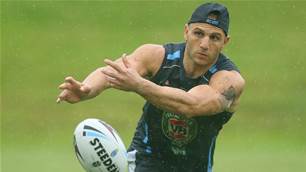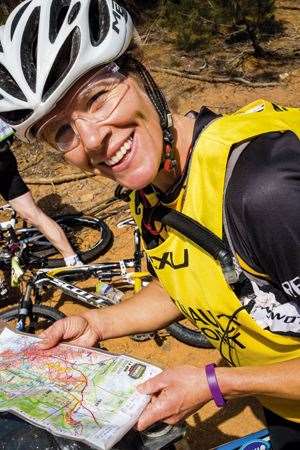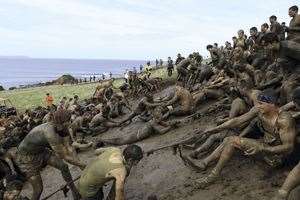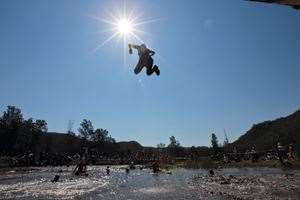The irony of Commonwealth Games and World Championship triathlete Deanna Blegg tackling Tough Mudder events is difficult to miss.
“Because it’s not a timed event, people see it as being achievable. Competitors start in waves. If you do a fun run, there’s a start, and you finish, and if you’re not very fast, you finish at the back end, or last, and people feel that. Whereas in one of these events, every ten minutes there’s a couple of hundred people starting, so you never feel alone out there. Everyone’s helping everyone getting over and through obstacles; it turns an individual event into a team sport.”
ELECTRIC EEL
“I’m not going to sell this very well, but my least-favourite obstacle is the ‘Electric Eel’. I didn’t really have a problem with it in my first Aussie Tough Mudder, but the following year, it really got me. My gosh. The zap was like BANG. You’re in water, you’re crawling along, and there’s all these electric wires hanging down. Every time they hit you, you get an electric shock. On this occasion they seemed incredibly charged – and I got stuck in it. Every time the wind blew, the wires would hit me ... zap! It was getting me on the head, arms, everywhere. I was wondering whether to go through slowly and get zapped slowly, or go fast, where you might splash up water, which makes the zaps even bigger. Anyway, I got out of there and felt like I’d been pulverised.”
FUELLING UP
“I’m not a carb-loader for an event; I normally fuel through an event. What do I have for breakfast? Normally just rice, honey, with a little bit of butter on it, and salt. That’s my thing – I’m gluten-intolerant. Honey’s great. I’ve been on it for many, many years. My body doesn’t tolerate gels, so I had to find another liquid substitute that my body could handle. Honey’s full of natural energies. It’s very simple. I mix it with a bit of water. It’s made from nature. It hasn’t been interfered with by humans. I’m a pro-natural girl.”
HIV AND ME
“Because I’ve lived for 20 years with it, who knows what my athletic capabilities would be without it? I was infected at 23, diagnosed at 24 years old. The first five years were of sickness and ill-health, and then it was more of a focus on getting my life back together, believing that I was going to live, and creating a life. I was also told I couldn’t exercise; I wasn’t allowed to do much. But the older I got, the more I thought, ‘Nah, I’m not going to sacrifice my likes; I want to find out what I’m capable of.’ That’s when I started pushing my body bit by bit and seeing what happened.”
− James Smith
Related Articles
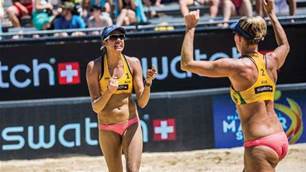
How Australia's beach volleyball women train

How Australia's beach volleyball women train
